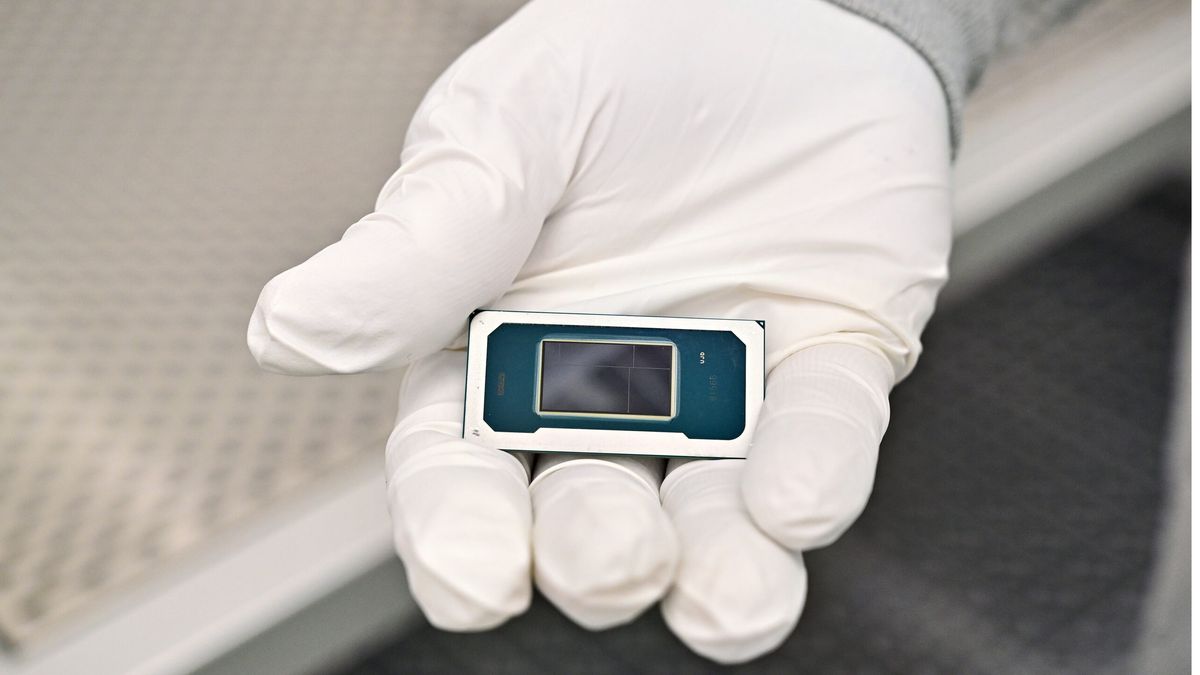More research has confirmed that, no, there is no evidence your cell phone will compromise your health. The recent study specifically analyzed electromagnetic waves used by 5G networks, which, during the pandemic, were at the center of conspiracies linking the technology to covid infections.
In an effort to finally “close this debate,” researchers from Constructor University blasted two types of human skin cells with 5G electromagnetic fields significantly stronger than recommended safety limits for periods of two and 48 hours. Their results indicate that permissible levels of 5G electromagnetic waves do not damage human skin.
“These results will contribute to counteracting the uncertainties with well-founded facts,” the researchers wrote in a study published Tuesday in PNAS Nexus.
Devices such as cell phones can send and receive information through methods like Wi-Fi and cellular data. These wireless transmission networks transmit data via electromagnetic waves within specific frequency ranges. As more data travels through these networks, however, these frequency ranges can become congested—and, as a result, slower. This is why 5G networks, which use new radio frequencies compared to older 4G networks, were introduced in 2018.
Currently, 5G networks operate on frequencies below 6 gigahertz. In the next couple of years, 5G will also operate on frequencies from 24.3 to 27.5 GHz and 39.5 to 43.3 GHz, according to the study. While that might sound scary, electromagnetic waves up to 3 GHz penetrate the skin at a depth of just about 0.39 inches (10 millimeters), while waves at or higher than 10 GHz remain even more superficial, reaching at most 0.039 in (1 mm) deep.
Nevertheless, “widespread adoption of 5G wireless technology and the imminent introduction of higher frequencies have intensified public concerns regarding its potential health effects,” the researchers explained. The few, isolated studies fueling these concerns “have faced criticism for methodological shortcomings, including lack of blinding, temperature control, and transparent statistical methods.” Blinding is when information that could influence the results of a study is hidden until the end.
In the recent study, which was blinded and temperature-controlled, researchers exposed two types of human skin cells, called fibroblasts and keratinocytes, to 5G electromagnetic waves at 27 and 40.5 GHz frequencies with varying levels of intensity. Ultimately, their “results show with great clarity that in human skin cells, even under worst-case conditions, no significant changes in gene expression or methylation patterns are observed after exposure.” DNA methylation patterns are a biological mechanism that control, among other things, gene expression.
It’s worth pointing out that high-intensity radio frequencies—the kind used in most wireless networks—can heat biological tissues. In fact, the researchers point out that frequencies above 6 GHz, when applied at intensities far exceeding safety reference levels, can cause heat-related damage. In this study, however, the researchers conducted temperature-controlled experiments to “cast fundamental doubt on the existence of possible nonthermal biological effects of exposure.” In other words, any impact not related to heat.
This study adds to a growing body of evidence showing that 5G cell phone signals do not pose a health risk to humans. If anything, our greater concern should be the impact of ever-increasing screen time on our well-being.








 English (US) ·
English (US) ·